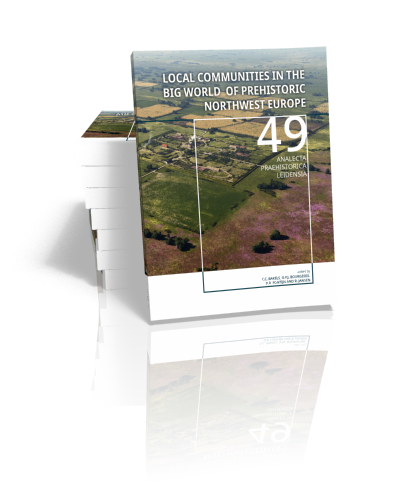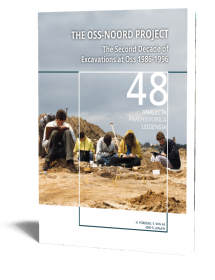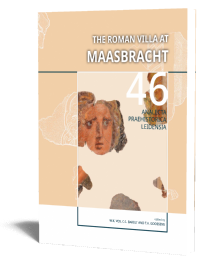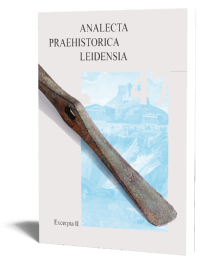Abstract:
This volume of Analecta Praehistorica Leidensia focuses on how local communities in prehistory define themselves in relation to a bigger social world.
Communities from the deep past managed to make a living in landscapes we tend to perceive as inconvenient, build complex and elaborate monuments with relatively simple tools, and by shaping their landscape carved out a place for themselves in a much bigger social world. The contributions in this volume underscore how small worlds can be big at the same time.
Contents
Preface
Social memories and site biographies: construction and perception in non-literate societies
Johannes Müller
The Dutch abroad? Interpreting the distribution of the ‘beaker’ culture
John C. Barrett
Early Bronze Age boat graves in the British Isles
Richard Bradley
The nature of a Bronze Age World
Anthony Harding
A triangular Middle Bronze Age trade system of amber, copper and tin 1500-1300 BC
Kristian Kristiansen, Johan Ling
Wetland knowledges: resource specialization and denial
Christopher Evans
Maintaining fertility of Bronze Age arable land in the northwest Netherlands
Corrie Bakels
Bronze Age ancestral communities – new research of Middle Bronze Age burials in the barrow landscapes of Apeldoorn-Wieselseweg
David Fontijn, Arjan Louwen, Quentin Bourgeois, Liesbeth Smits, Cristian van der Linde
And the river meanders on… The intertwined habitation and vegetation history of the river area Maaskant and adjacent sand area of Oss (Netherlands) in Late Prehistory till Early Roman Period
Richard Jansen, Corrie Bakels
Metal surprises from an Iron Age cemetery in Nijmegen-Noord
Peter W. van den Broeke, Emile Eimermann


Dr.
Richard Jansen
Richard Jansen is fulltime lecturer in Applied Archaeology and European Prehistory at the Faculty of Archaeology, University of Leiden. Between 2008 and 2018 he also was the municipal-archaeologist of Oss. His (PhD-)research focused on the long-term structuring of the (settlement) landscape from the late prehistory until the Roman Period, especially on the extensively researched sandy soils of Oss, but also within the larger MSD-region.
read more


Dr.
Quentin Bourgeois
Quentin performed his PhD study within the research project Ancestral Mounds.In his research he dealt with groups of barrows and their position within the landscape. Through extensive GIS-analyses he attempted to shed some light on the choice of location for the placement of the burial monuments. Why were they placed there, what could be seen from that location, and how did this develop through time?
read more


Prof. dr.
Corrie Bakels
Prof. Dr. Corrie Bakels has held the chair in palaeoeconomy at Leiden University, the Netherlands, since 1988. Her specialisations are prehistoric and early historic agriculture, archaeobotany and vegetation history. She graduated in 1978 on an analysis of early farming societies in the Netherlands and Bavaria, Germany. Since then she has participated in many archaeological projects in Western Continental Europe. A synthesis of her work on the agrarian history of the Western European loess belt, 5300 BC – AD 1000 has appeared in 2009.
read more


Prof. dr.
David Fontijn
David Fontijn (1971-2023) was professor in the Archaeology of Early Europe at the Faculty of Archaeology, University of Leiden, the Netherlands. His research dealt with the early agrarian societies of Europe from prehistory up until the early historical period, with a particular focus on the Bronze and (early) Iron Age, the exchange and deposition of metalwork and the archaeology of so-called ritual landscapes. He led the NWO-VICI project ‘Economies of Destruction’ investigating the puzzling destruction of valuable objects in Bronze Age Europe (2015-).
read more















